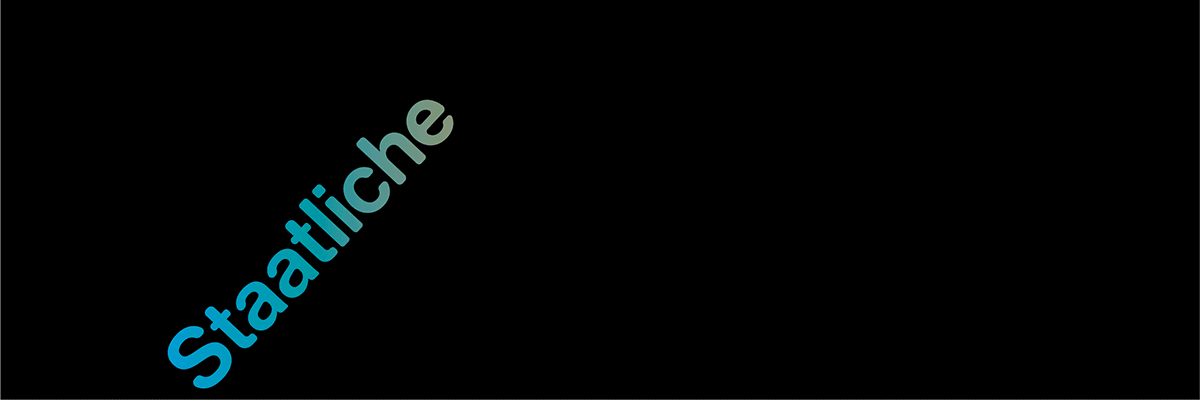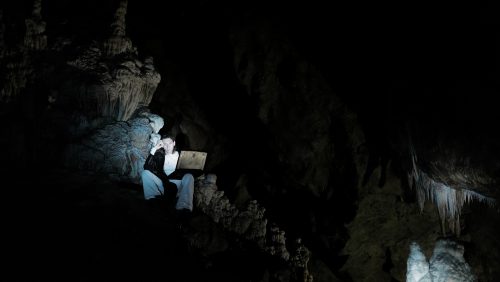
Groupshow
Sleepwalking Trajectories
Project Info
- 💙 Berlinskej model
- 💚 Agáta Hošnová & Karolína Voleská
- 🖤 Groupshow
- 💜 Agáta Hošnová & Karolína Voleská
- 💛 Tomáš Souček
Share on

Advertisement












Night is the place for dreaming, which leads to the cleansing of the mind of unnecessary sediments. We rid ourselves of unwanted layers of stimuli and want to gain at least a fleeting sense of control. During the day we scrutinise our hands and their intricate grooves, as if to memorise their secret writing. We slip into a sleep in which the familiar becomes uncanny, our hands no longer our own. We long to control random stimuli. The transitional state of waking puts us in an intermediate state in which we try to recognise the familiar outlines that are still hidden from us. It is like a mispronounced spell that alters the consequences of lucid action. Following our muscle memory, we get up and our motor system leads us to the bathroom - to drink water. The weight of melancholy increases during the night, and in this state the body and mind seem to gradually lose control of their own processes, with routine movements - like reaching for a glass of water - feeling automatic, disembodied. This moment becomes a liminal experience in which the body moves between states of wakefulness and sleep, trying to make contact with a reality that is still partially hidden behind an opaque curtain. I take a sip from a glass of water, at the bottom of which my distorted mouth trembles.
In the exhibition Sleepwalking Trajectories, the artists work with the motifs of partial obscurity that we experience in the state of half-sleep or the liminal state of lucid dreaming. In the works of Marko Obradović, we can sense fleeting hints of cramped or melancholic feelings of veiled faces and eyes with no discernible expression; keyholes suggest peering behind the curtain into spaces we are not allowed to see. The two sides of the waking and dreaming worlds are also represented by the minimalist sculptures of the duo Alex Selmeci and Tomáš Kocka Jusko, which represent spatial moments of separation, places of rupture. These 'black suns' can be a symbol of transition, a point beyond the day and the arrival of night. The back of these sculptures serves as a mirror with a partially clear reflection, while the dark side absorbs sound and colour, obscuring everything. The textile paintings by Maria Magdalena Szakats, whose delicate fluffiness reveals only the original embroidery, represent a beneficial aspect of the spaces for the liberation and purification of the mind. In the installation-altar of the night bathroom, where we go on our nocturnal wanderings, tar.into combines and gradually layers various found materials. The different parts of the installation - the dissolved agar, the fallen lashes, the traces of soap - can be read as products of abjection, alienation - a state in which one's body becomes the unknown, the pure unclean. Bodily secretions are thus a source of resistance when they cross the boundary of the body, because they cease to be part of it.
“A desire for meaning, which, as a matter of fact, makes me ceaselessly and infinitely homologous to it, what is abject, on the contrary, the jettisoned object, is radically excluded and draws me toward the place where meaning collapses. A certain "ego" that merged with its master, a superego, has flatly driven it away. It lies outside, beyond the set, and does not seem to agree to the latter’s rules of the game. And yet, from its place of banishment, the abject does not cease challenging its master. Without a sign (for him), it beseeches a discharge, a convulsion, a crying out. To each ego its object, to each superego its abject. (...) A massive and sudden emergence of uncanniness, which, familiar as it might have been in an opaque and forgotten life, now harries me as radically separate, loathsome. Not me. Not that. But not nothing, either. A "something" that I do not recognize as a thing. A weight of meaninglessness, about which there is nothing insignificant, and which crushes me. On the edge of nonexistence and hallucination, of a reality that, if I acknowledge it, annihilates me. There, abject and abjection are my safeguards. The primers of my culture.” Julia Kristeva, Powers of Horror: An Essay on Abjection, 1980
Agáta Hošnová & Karolína Voleská



